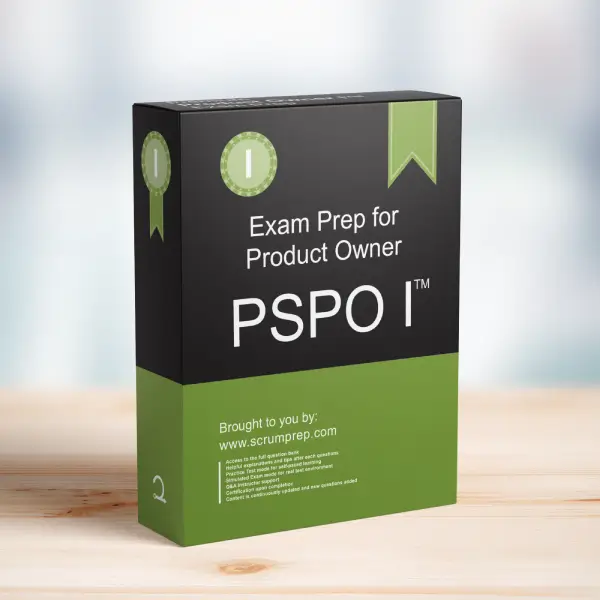Criteria for Ordering Product Backlog Items
Effectively ordering Product Backlog items is essential for maximizing the value delivered by a Scrum Team. This article explores the criteria that a Product Owner should consider when ordering the Product Backlog.
Exam Question
Which of the following are criteria to order Product Backlog items?
(choose all that apply)
A. The value of the Product Backlog items.
B. Dependencies between Product Backlog items.
C. Their relevance to achieving the Product Goal.
D. The availability of the Scrum Master.
E. The number of stakeholders who approve of the item.
Correct Answer
A. The value of the Product Backlog items.
B. Dependencies between Product Backlog items.
C. Their relevance to achieving the Product Goal.
Explanation
Correct Answers
A. The value of the Product Backlog items:
Value is a key criterion for ordering Product Backlog items. The Product Owner should prioritize items that deliver the highest value to stakeholders and users.
B. Dependencies between Product Backlog items:
Dependencies must be considered to ensure a smooth workflow. Addressing dependent items in the appropriate order can help avoid delays and bottlenecks.
C. Their relevance to achieving the Product Goal:
Items that are more relevant to achieving the Product Goal should be prioritized higher. This ensures that the team is always working towards the long-term vision and objectives of the product.
Incorrect Answers
D. The availability of the Scrum Master: The availability of the Scrum Master should not influence the order of Product Backlog items. The Scrum Master facilitates the process but does not directly impact the value or dependencies of the work.
E. The number of stakeholders who approve of the item: While stakeholder feedback is important, ordering the Product Backlog based solely on the number of stakeholders who approve of an item can lead to suboptimal prioritization. The focus should be on value, dependencies, and alignment with the Product Goal.
Responsibilities in Scrum
- Product Owner: The Product Owner is responsible for ordering the Product Backlog to maximize the flow of value. They consider various factors, including value, dependencies, and relevance to the Product Goal, to ensure that the Scrum Team works on the most valuable items.
- Scrum Master: The Scrum Master facilitates Scrum events and helps the team adhere to Scrum principles but does not influence the order of the Product Backlog.
- Developers: The Developers provide input on the technical aspects and dependencies of the Product Backlog items, but the final ordering decision rests with the Product Owner.
Relevance to the PSPO I Exam
Understanding the criteria for ordering Product Backlog items is crucial for the PSPO I exam. This knowledge ensures that candidates appreciate the importance of maximizing value and managing dependencies to achieve the Product Goal.
Key Takeaways
- Ordering the Product Backlog based on value, dependencies, and relevance to the Product Goal is essential.
- The Product Owner is responsible for managing the Product Backlog and ensuring it reflects the most valuable work.
- The availability of the Scrum Master and the number of stakeholders approving an item should not influence the order of the Product Backlog.
Conclusion
Ordering Product Backlog items effectively is critical for delivering value and achieving the Product Goal. By focusing on value, dependencies, and relevance, the Product Owner ensures that the Scrum Team works on the most important tasks. Understanding these criteria is vital for effective Scrum practice and for preparing for the PSPO I exam. For more information on preparing for the PSPO I exam, visit our PSPO I Exam Prep.



